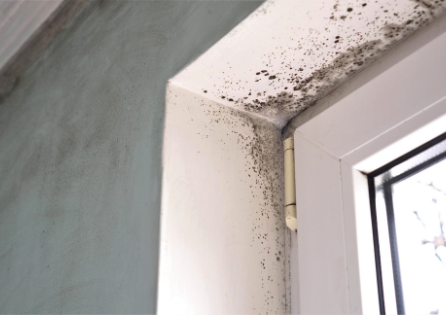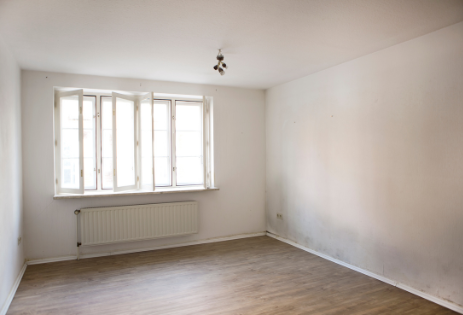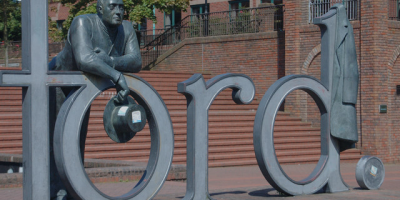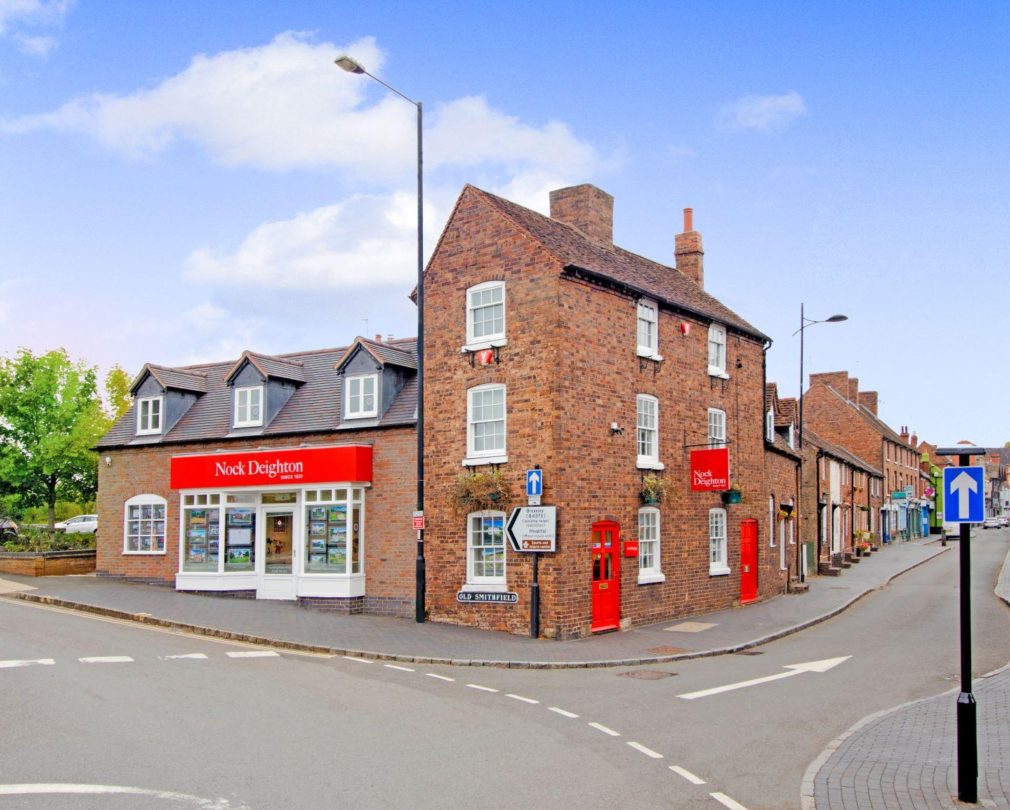
Raising the Standard: What Awaab’s Law Means for Private Landlords
As someone who’s worked with landlords and tenants for many years, I’ve seen first-hand how vital it is to provide safe, healthy homes. That’s why I want to highlight some important developments that could affect many landlords in the private rented sector.
Awaab’s Law: Now Extending Beyond Social Housing
You may have already heard of Awaab’s Law – named in memory of two-year-old Awaab Ishak, whose tragic death in a mould-infested social housing flat shook the nation. That heartbreaking case led to a campaign for change, resulting in new safety requirements for social landlords under the Social Housing (Regulation) Act 2023.
Now, as part of the proposed Renters’ Rights Bill, the government is looking to apply those same standards to the private rental sector. And rightly so.
What’s Changing?
Under these proposals, landlords will be legally required to deal with serious health hazards like damp and mould within strict timeframes. If we don’t act promptly, tenants will have new powers to take enforcement action – including going to court.
The message is clear: health and safety must be a top priority. And prevention is always better than cure.

So, What Can Landlords Do Now?
Here are a few practical steps I recommend to stay compliant and protect your tenants – and your property:
1. Help Tenants Help You
Mould isn’t always caused by structural issues – sometimes it’s linked to everyday habits. That’s why it's helpful to guide tenants on how to reduce moisture in the home. You could include tips like these in a welcome pack:
- Keep windows open where possible, and if they have trickle vents, encourage them to keep them open permanently.
- Use extractor fans when cooking or showering.
- Avoid drying clothes indoors without ventilation - consider using a tumble dryer, or a dehumidifier.
- Wipe condensation off windows daily.
- Always report signs of damp or mould early, to avoid it spreading.
It’s still our job to fix the cause, but giving tenants guidance and a few tools can make all the difference.
2. Boost Ventilation
Make sure extractor fans are working properly in kitchens and bathrooms. A simple thing like moving furniture away from cold external walls can also improve airflow.
3. Upgrade Insulation and Heating
If your property has a low EPC rating, certain elements could be contributing to condensation issues. Think about improving insulation in the roof, walls, or floors, and check if your heating system is efficient and easy for tenants to use.
4. Stay on Top of Repairs
Keep an eye out for leaks – from roofs, gutters, or pipes – as these can quickly lead to damp. Fixing them early prevents long-term damage and avoids bigger bills down the line.
5. Act Quickly on Complaints
Having a clear, prompt maintenance process in place is essential. Aim to respond to any reports of mould or damp within 24–48 hours, in writing. This shows due diligence and helps fulfil your responsibilities. Keep clear records of all correspondence.
6. Include Damp Checks on Inspections
When carrying out property visits, make a point to check for early signs: musty smells, discolouration on walls or ceilings, condensation on windows, or peeling paint. Keep a record of what you’ve seen and any action taken – it’s good practice and a sign of responsible management.

Final Thoughts
These changes reflect a growing expectation that all rental homes – not just those in the social sector – must be safe, healthy places to live. By acting now and putting prevention measures in place, landlords can stay ahead of the curve and protect both their tenants and their investments.
If you'd like advice on preparing your properties for letting or help staying compliant with upcoming changes, don’t hesitate to get in touch.
Dawn Clarke
Lettings & Property Management Director










 Payment
Payment












